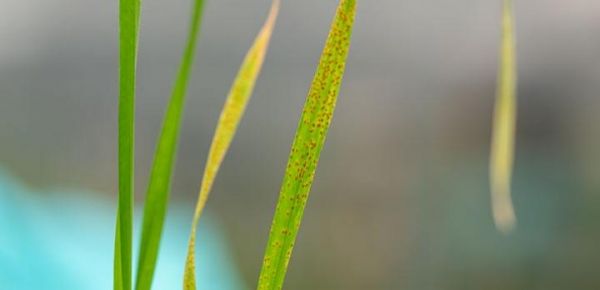Genes have been identified that confer resistance to multiple leaf rust species in barley. The findings by an international team, led by KAUST researchers, could transform the breeding of durable disease-resistant cereal crops and help support efforts to improve global food security.
“Disease is the exception and resistance is the rule—most microbes do not make us or cereal plants sick,” says Simon Krattinger from KAUST's Center for Desert Agriculture. “This is called nonhost resistance—resistance of an entire species against all strains of a pathogen. However, nonhost resistance in cereals is poorly understood.”
The cereal-rust relationship is ideal for studying nonhost resistance because all cereals belong to the grass family, but each cereal crop species is infected by only one specific rust (for example, wheat leaf rust only infects wheat). There are molecular factors in barley that prevent wheat leaf rust from establishing colonies; thus, pinpointing the genes responsible for generating this molecular barrier to infection would be invaluable for breeders.
“Importantly, nonhost resistance is more durable than host resistance—a plant’s innate immune system provides some protection, but only until pathogens evolve to evade it,” says Krattinger's postdoc Yajun Wang. “Our biggest challenge was to identify the nonhost resistance genes in barley plants, especially given that barley’s genome is almost twice the size of the human genome.”
Read more at King Abdullah University of Science & Technology (KAUST)
Image: Leaf rust infects wheat plants, considerably reducing crop yield. (Credit: 2019 KAUST)


